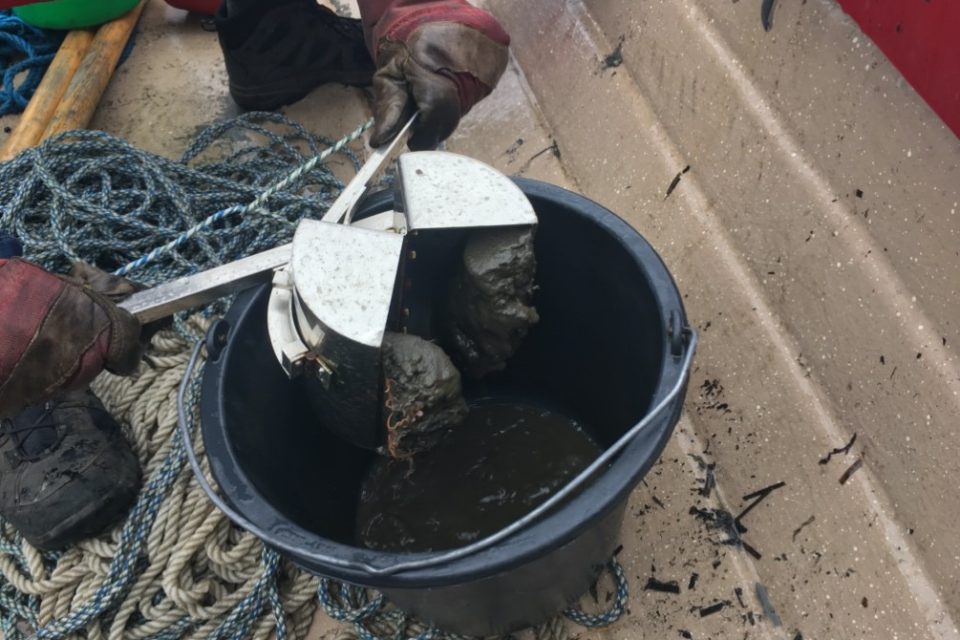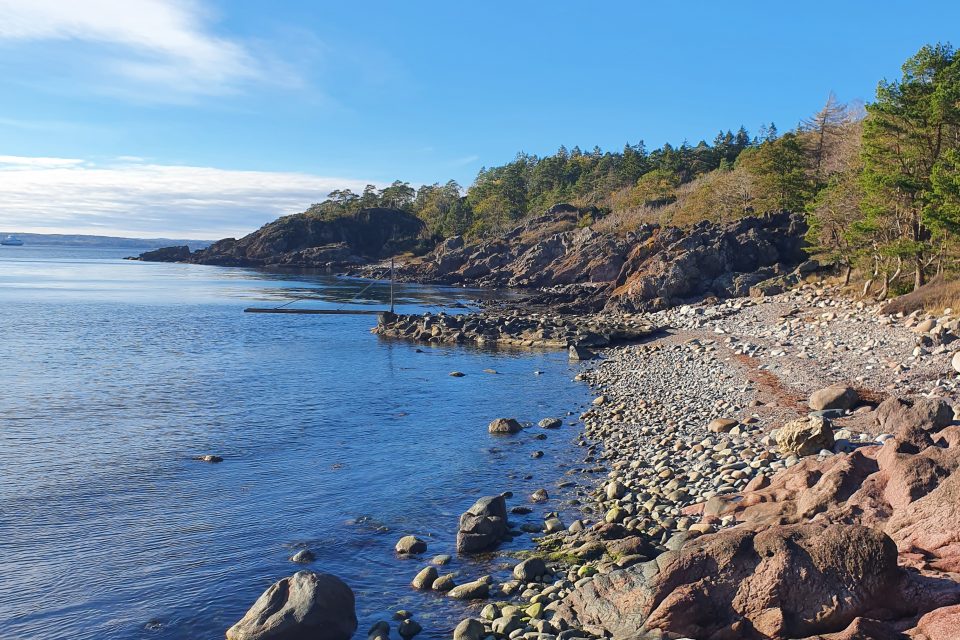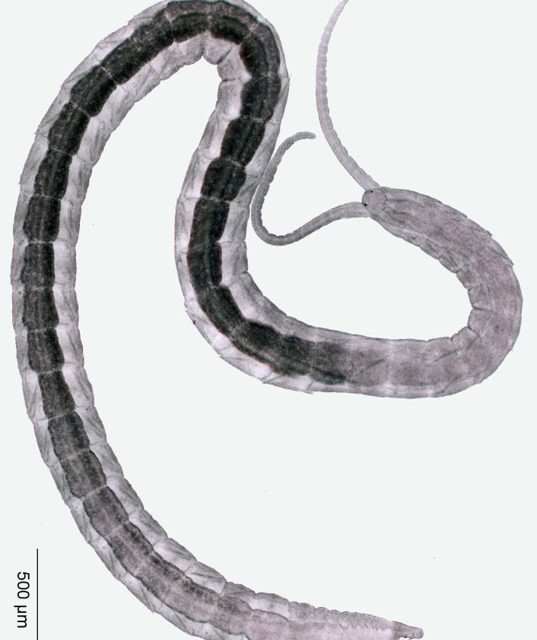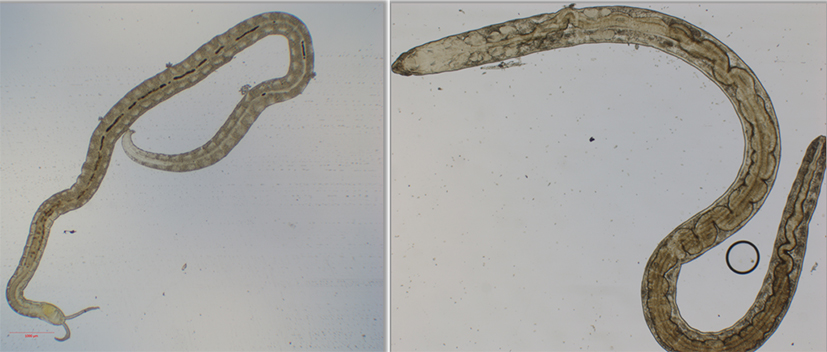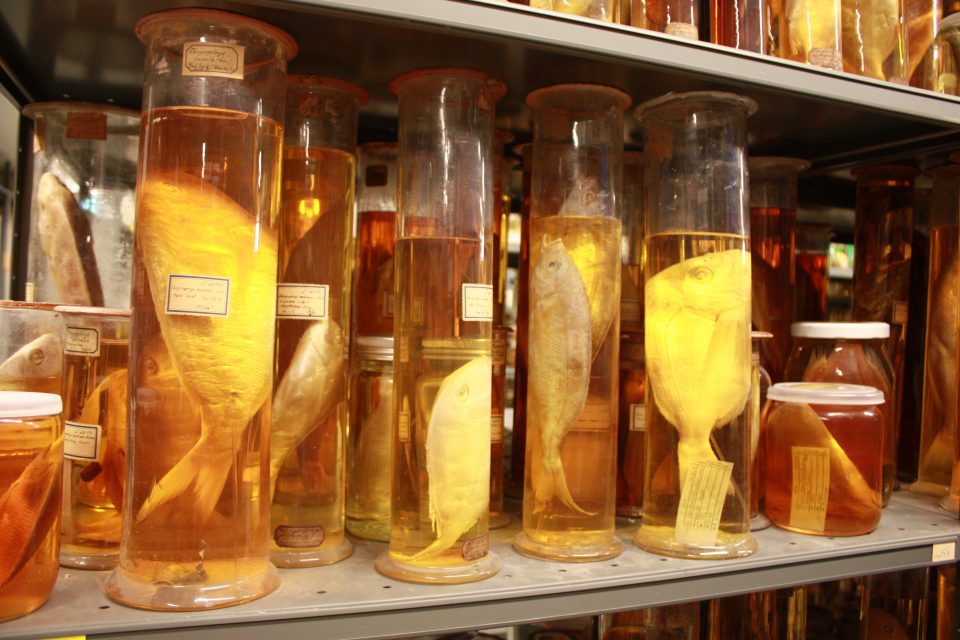
Group of the Month: The Phylum Kinorhyncha
The phylum Kinorhyncha – often referred to as mud dragons – includes exclusively marine meiofaunal species. Meiofauna or meiobenthos comprises animals that are characterized by size (> 45 μm and < 1mm) in order to discriminate them from micro- and macrofauna. Accordingly, Kinorhyncha are usually < 1 mm in […]


